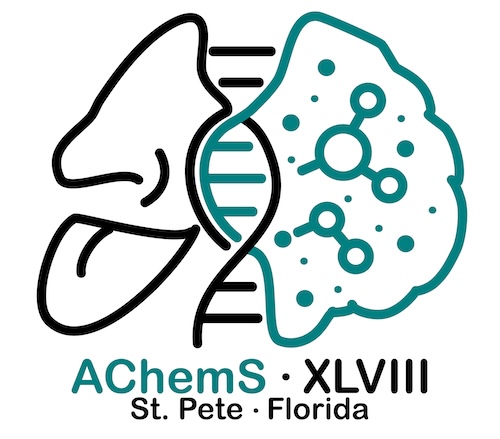AChemS Education Corner
Do you want to learn more about smell and taste? You are in the right place.
Here you can find exciting demonstrations and exercises about smell and taste. While most of these activities have been developed with school-aged children in mind, they can be adjusted to any age. Go check them out!
First, let’s start with some simple definitions:
- Perception: The result of sensing stimuli in your environment, including lights, sounds, touch, taste, and smell.
- Olfaction: Our sensory system involving our noses which allows us to smell.
- Gustation: Our sensory system involving our mouths which allows us to taste.
- Chemosensory: A broad term relating to the “chemical senses” which includes olfaction and gustation.
- Sensory modality: A specific sensory system; for instance, olfaction is a sensory modality.
- Flavor: The perception which results from combining smells, tastes, and other modalities in your mouth.
- Orthonasal: The perception of odors which occurs when you inhale through your nose.
- Retronasal: The perception of odors from within your mouth which occurs when you exhale through your nose.
- Multisensory: When you combine more than one sensory modality.
Activities
Your Nose, A Great Detective
To illustrate that “flavor” is a multisensory perception (and that “tastes” only refer to sweet, sour, salty, bitter and umami). Also, if desired, to introduce the concepts of retronoasal and orthonasal olfaction.
What Is In A Name?
To learn that odors are typically difficult to name.
More Of The Same
To learn how experience with an odor changes the way we smell it.
Fooling Your Tongue With Sugar
To illustrate that the perception of tastes is influenced by other sensory modalities, like touch.
Do You Think You Really Know What You Smell?
To experience that visual clues influence our perception of odors.
What’s Your “Odor Print”? Delving Into The Genetics Of Olfaction
***This is a more advanced exercise***
To illustrate that, just as genetic differences affect our height and eye color, they also influence the way we perceive odors, including our ability to detect an odor or how strong or pleasant we find it.
The Taste Map: Really?
To learn that we detect all tastes in all parts of the tongue.



